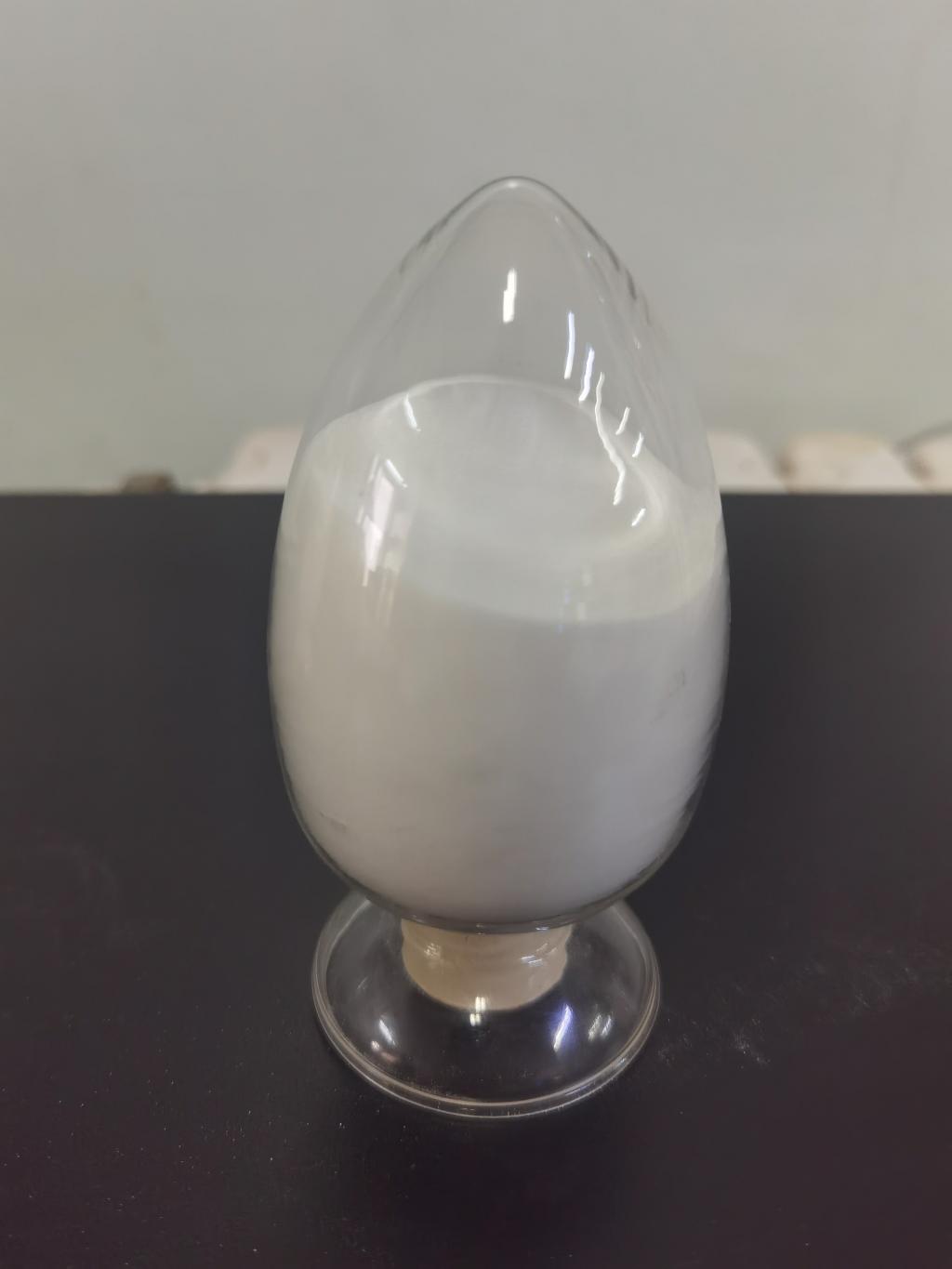Tel:0086 18231198596

News
Current Position:
Home >
News
>ε-Polylysine Hydrochloride's Role in Dairy Product Preservation Innovations.
ε-Polylysine Hydrochloride's Role in Dairy Product Preservation Innovations.
TIME:2023-09-20
Dairy Preservation Challenges
Shelf Life Extension
Extending the shelf life of dairy products while maintaining their quality is a primary concern for dairy producers. Milk, cheese, yogurt, and other dairy items are susceptible to spoilage by microorganisms such as bacteria, yeasts, and molds. Prolonging shelf life while preserving taste, texture, and nutritional value is a continuous challenge.
Food Safety
Ensuring the safety of dairy products is paramount. Contaminated dairy items can lead to foodborne illnesses, posing health risks to consumers. The prevention of harmful microbial growth in dairy products is a top priority for the industry.
Clean Labeling
Consumers are increasingly drawn to clean label products, which contain minimal additives and preservatives. Meeting this demand while ensuring the safety and shelf life of dairy products presents a unique challenge.
ε-Polylysine Hydrochloride: A Natural Solution
What is ε-Polylysine Hydrochloride?
ε-Polylysine hydrochloride, often referred to as ε-PL, is a natural antimicrobial agent derived from the bacterium Streptomyces albulus. It is a cationic homopolymer composed of lysine residues and is water-soluble. ε-PL exhibits broad-spectrum antimicrobial activity against a wide range of microorganisms, making it a valuable tool in food preservation.
Mechanism of Action
ε-Polylysine hydrochloride works by disrupting the cell membranes of microorganisms, leading to cell lysis and death. This mechanism of action makes it effective against bacteria, yeasts, and molds. Importantly, it does not affect the sensory properties of dairy products when used at recommended levels.
Advancements in Dairy Product Preservation with ε-Polylysine Hydrochloride
Milk and Dairy Beverages
Milk and dairy beverages are susceptible to spoilage by bacteria and molds. The addition of ε-Polylysine hydrochloride helps extend their shelf life by inhibiting microbial growth. This not only reduces waste but also ensures that consumers enjoy fresh and safe dairy products.
Cheese Preservation
Cheese is a diverse category of dairy products, and preserving its various types presents unique challenges. ε-Polylysine hydrochloride has been employed in cheese preservation, helping prevent spoilage and maintain cheese quality over time. Its use contributes to reducing post-production losses and enhancing the marketability of cheese products.
Yogurt and Fermented Dairy Products
Yogurt and fermented dairy products rely on specific bacterial cultures for fermentation. Controlling unwanted microbial growth while preserving the integrity of beneficial bacteria is crucial. ε-Polylysine hydrochloride has shown promise in maintaining the stability and safety of yogurt and similar products.
Clean Labeling and Consumer Acceptance
One of the significant advantages of using ε-Polylysine hydrochloride in dairy preservation is its alignment with clean labeling trends. It is a natural antimicrobial agent that consumers perceive as a safe and clean label ingredient. This aligns with the industry's goal of meeting consumer demand for more transparent ingredient lists.
Challenges and Future Directions
Regulatory Considerations
As ε-Polylysine hydrochloride gains prominence in dairy preservation, regulatory agencies worldwide must adapt to evaluate its safety and efficacy. The establishment of clear guidelines and standards is essential to ensure consumer safety and promote industry adoption.
Research and Optimization
Ongoing research is essential to optimize the use of ε-Polylysine hydrochloride in dairy preservation. Fine-tuning its application methods, dosage levels, and compatibility with different dairy products is crucial for maximizing its benefits.
Industry Collaboration
Collaboration among dairy producers, researchers, and ε-Polylysine hydrochloride manufacturers is key to advancing preservation techniques. Sharing knowledge and best practices can lead to more effective and sustainable preservation solutions.
Conclusion
The dairy industry faces ongoing challenges in preserving products while meeting consumer demands for safety, quality, and clean labeling. ε-Polylysine hydrochloride has emerged as a natural and effective solution to these challenges. Its antimicrobial properties enable the extension of shelf life, preservation of product quality, and enhancement of food safety in a wide range of dairy products.
As the dairy industry continues to evolve and innovate, the role of ε-Polylysine hydrochloride in dairy product preservation is poised to expand. With ongoing research, regulatory support, and industry collaboration, ε-Polylysine hydrochloride is set to play a crucial role in ensuring the longevity and safety of dairy products, meeting both industry and consumer expectations.

 CONTACT
CONTACT




